6 Things You Don’t Know About Kroger
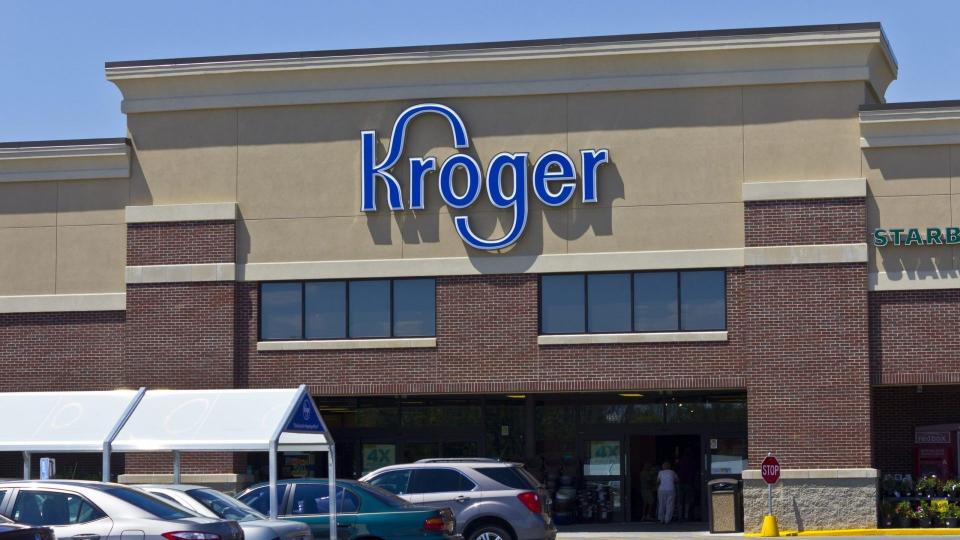
When you get past Walmart, Amazon and Costco, Kroger is the biggest supermarket chain in America. If you live in the South or the Midwest, chances are good that's where you do your grocery shopping. If you live somewhere else, you still might shop at Kroger without even realizing it -- as you'll soon learn, Kroger stores go by many different names.
Ending Soon! Nominate Your Favorite Small Biz by July 25 for the Small Business Spotlight
Check Out: 22 Side Gigs That Can Make You Richer Than a Full-Time Job
In a lot of ways, Kroger invented the modern grocery store. Whether you like to browse the aisles the old-fashioned way or have your groceries delivered, it was Kroger that gave you the option. The company even pioneered the way supermarkets look. According to the Daily Meal, Kroger was the first grocery store to be surrounded by parking lots.
The pandemic changed the way people buy food, and Kroger was at the forefront of that evolution from the very beginning. Kroger's role in ushering in the post-pandemic grocery store model was just the latest chapter in a story that dates back nearly 140 years. Here's a look at a few things you probably don't know about the company that came to define the American supermarket.
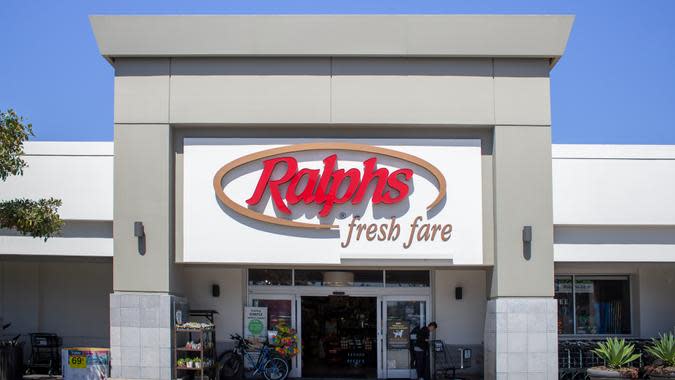
Kroger Goes by a Whole Bunch of Names
America's largest grocer, the Kroger Company, operates nearly 2,800 stores in 35 states -- and what you call it depends on where you live. Aside from the flagship, the company's store brands include Ralphs, Mariano's, Dillons, Smith's, Owen's, King Soopers, Harris Teeter, Gerbes, Fry's, QFC, City Market, Jay C, Pay Less, Baker's, Pick 'n Save and Metro Market.
That's just the grocery stores. There are also the Fred Meyer multi-department stores, the Food 4 Less warehouse chain and several marketplace stores. [3] [4]
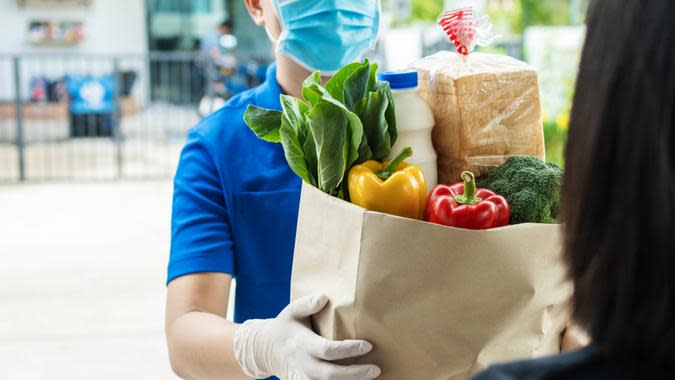
Kroger Gave the First Grocery Delivery Drivers Their Side Hustles
Kroger dates all the way back to the Great Western Tea Company, which Barney Kroger founded in 1883 at the age of 23. He quickly started buying up stores and didn't rebrand in his own name until he had 40 locations.
According to Ohio History Central (Kroger was born in Cincinnati in 1860), it was standard back then for customers to order groceries, which the grocer would then deliver -- but they delivered them by horse and buggy. In 1913 -- 99 years before the founding of Instacart in 2012 -- Kroger began delivering groceries with Ford Model T trucks.
See Our List: 100 Most Influential Money Experts
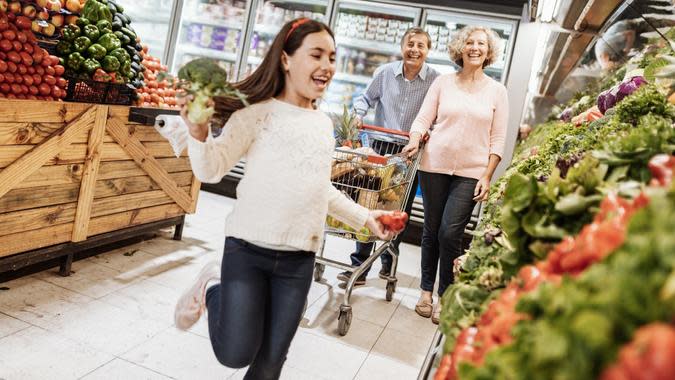
Kroger Ended a Trend That's Enjoying a Revival Today
Today, many people prefer to pay extra to order groceries and have workers gather them so they don't have to go into the supermarket themselves. That's a reversal of an innovation that Kroger pioneered more than a century ago.
In 1916, Kroger introduced self-service shopping. For the first time, customers could browse the store's offerings themselves and choose among the inventory, pick their purchases on their own and bring them home on the spot instead of waiting for delivery.
Once shoppers got a taste for the new model, there was no going back, and other stores quickly followed suit.
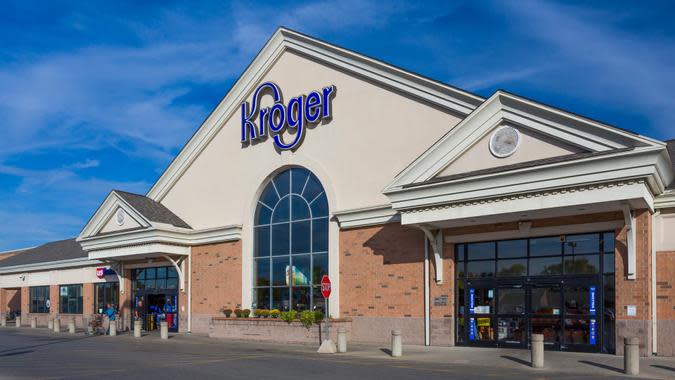
Kroger Doubled Its Sales in 15 Years
Kroger did $137.89 billion in sales in 2021, according to Statista -- a company record. It's been racking up 12-figure sales annually since crossing the $100 billion mark in 2014. Seven years earlier in 2007, Kroger sales totaled just $70.26 billion, a number that it's poised to double to more than $140 by the end of 2022.
Sales rose steadily each year, but actually declined in 2018 and 2019 -- but that trend wouldn't last.
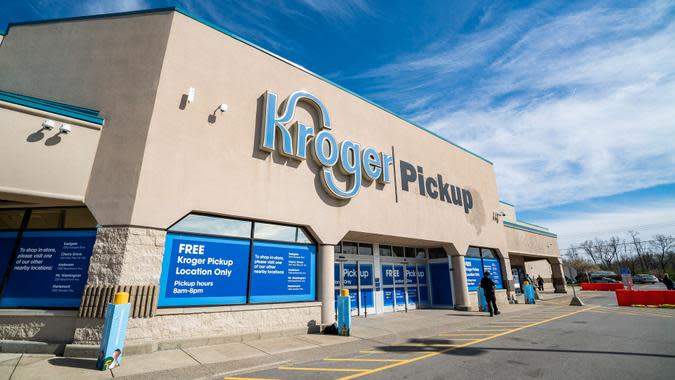
The Company Adapted Well to the Pandemic
In 2017, Kroger sales hit an all-time high of $123.28 billion before dropping to around $122 billion the next two years -- a little under in 2018 and a little over in 2019. The next year in 2020, sales skyrocketed to $132.5 billion. In the second year of the pandemic, sales soared again, this time to nearly $138 billion.
In March 2021, Reuters reported that Kroger's record sales were part of a larger trend that buoyed large grocery chains that had the resources to pivot to online ordering. Kroger adapted especially well and especially early. In June 2020, CNBC reported that Kroger's e-commerce operations had grown by 92% in the first quarter of the pandemic's first year.
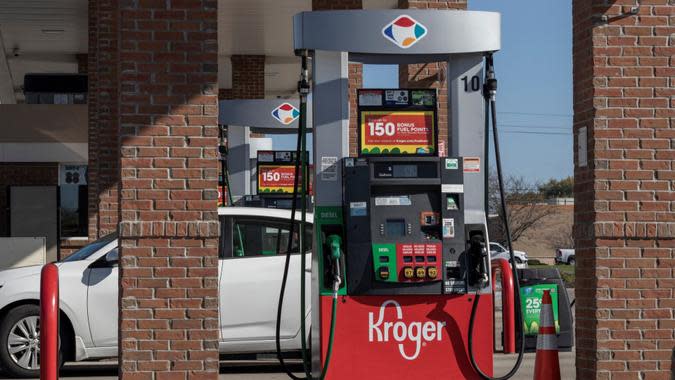
Kroger Is a Major Player in the Fuel Industry, Too
Kroger first started selling fuel at its convenience stores in 1983 when it merged with Dillons, which had been selling gas out of its Kwik Shop stores since 1960.
Kroger branched out to offer gas to drivers at its grocery stores in 1998. By 2004, the company was operating 500 supermarket gas locations. By 2010, it was 1,000 and in 2014, Kroger opened its 2,000th fuel location. Today you can fill up at every Kroger grocery store in America.
More From GOBankingRates
Social Security: Women Get $354 Per Month Less Than Men - Here's Why
Ending Soon! Nominate Your Favorite Small Biz by July 25 for the 2022 Small Business Spotlight
Looking To Diversify in a Bear Market? Consider These Alternative Investments
This article originally appeared on GOBankingRates.com: 6 Things You Don’t Know About Kroger
